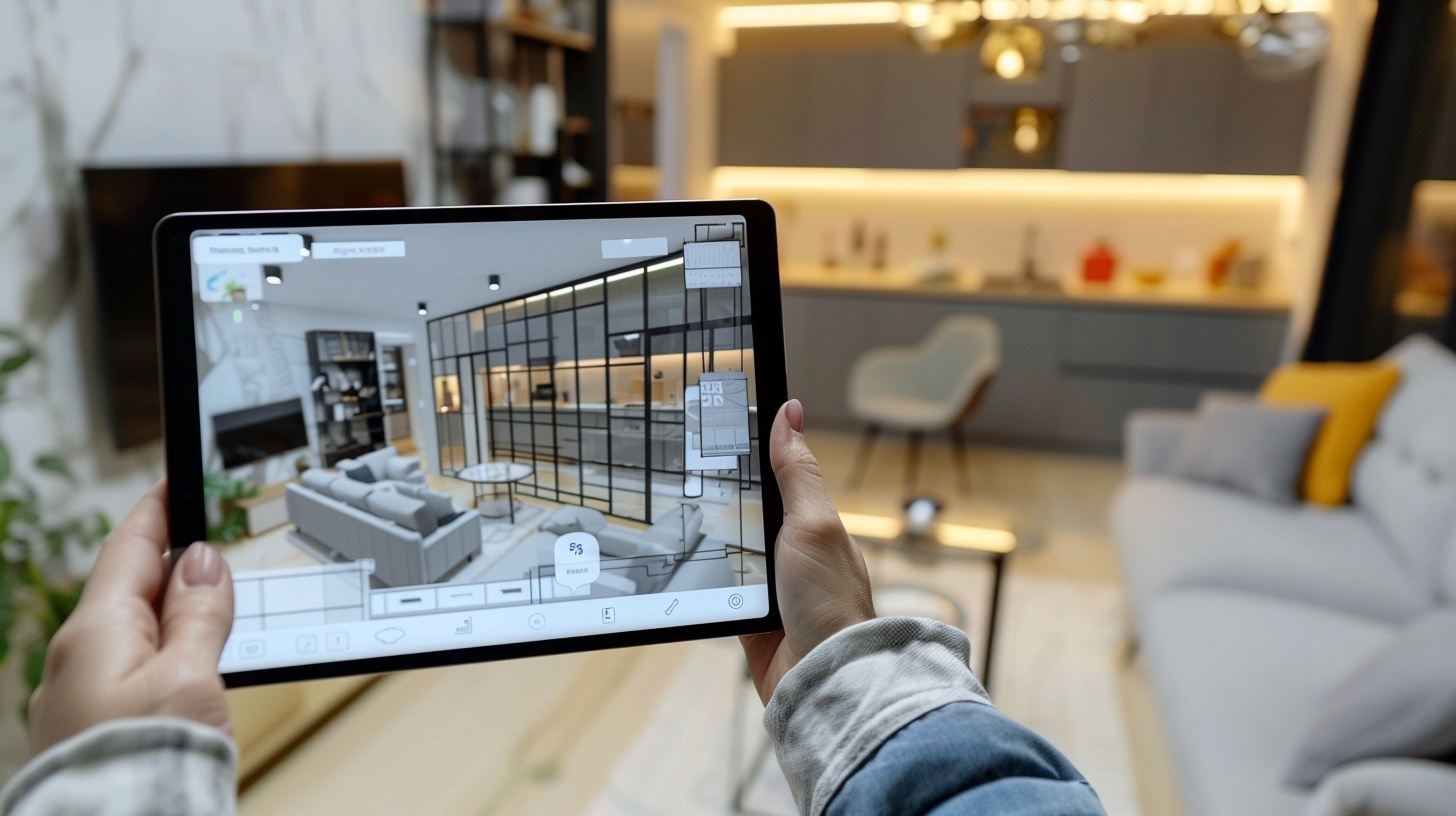
Architectural Innovations in Affordable Housing Solutions

In modern cities nowadays, the quest for affordable housing has become increasingly challenging. As populations swell and urban areas expand, the demand for accessible housing options grows exponentially. Traditional approaches to affordable housing often fell short, resulting in imposing, impersonal structures that failed to foster strong communities or adequately address the needs of residents. However, a new wave of architectural innovation is reshaping the landscape of affordable housing solutions, offering more sustainable, community-oriented, and cost-effective alternatives.
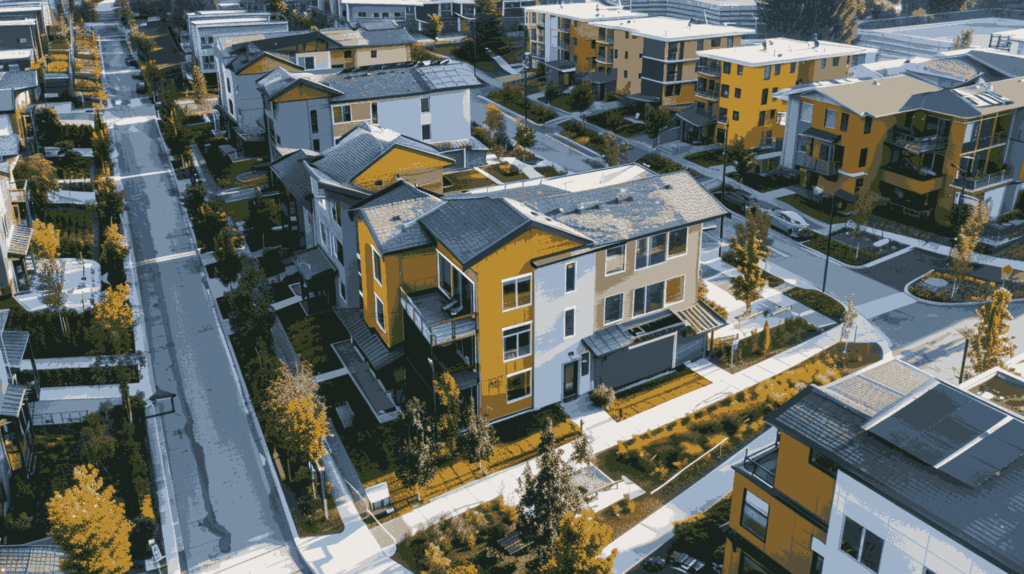
Latest
Other Topics
Let Us Look At Some Of The Examples Of Affordable Housing Architectural Projects
One notable trend in architectural innovation for affordable housing is the integration of sustainable design principles. Unlike the towering, concrete behemoths of the past, contemporary affordable housing projects emphasize environmentally friendly features and materials that reduce construction costs and promote long-term sustainability. For instance, projects like the Black & White Twins in the Netherlands and Via Verde in New York City showcase designs that prioritize energy efficiency, green spaces, and eco-friendly building materials.
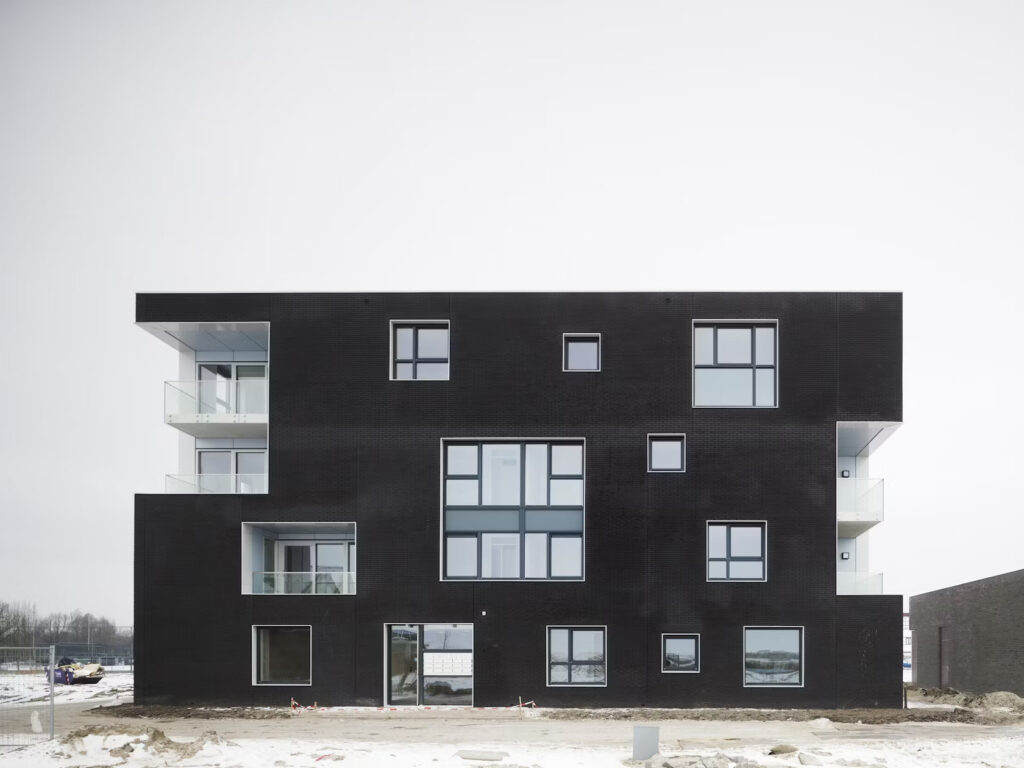
Incorporating Modular Construction Techniques
Moreover, architects are increasingly incorporating modular construction techniques to streamline the building process and lower costs. By prefabricating housing units off-site and assembling them on location, construction time is reduced, and expenses are minimized. This approach not only makes housing more affordable but also allows for greater flexibility in design and customization. Examples like the Hannibal Road Gardens in England and the Ginkgo Project in the Netherlands demonstrate how modular construction can create aesthetically pleasing and functional living spaces at a fraction of the cost of traditional methods.
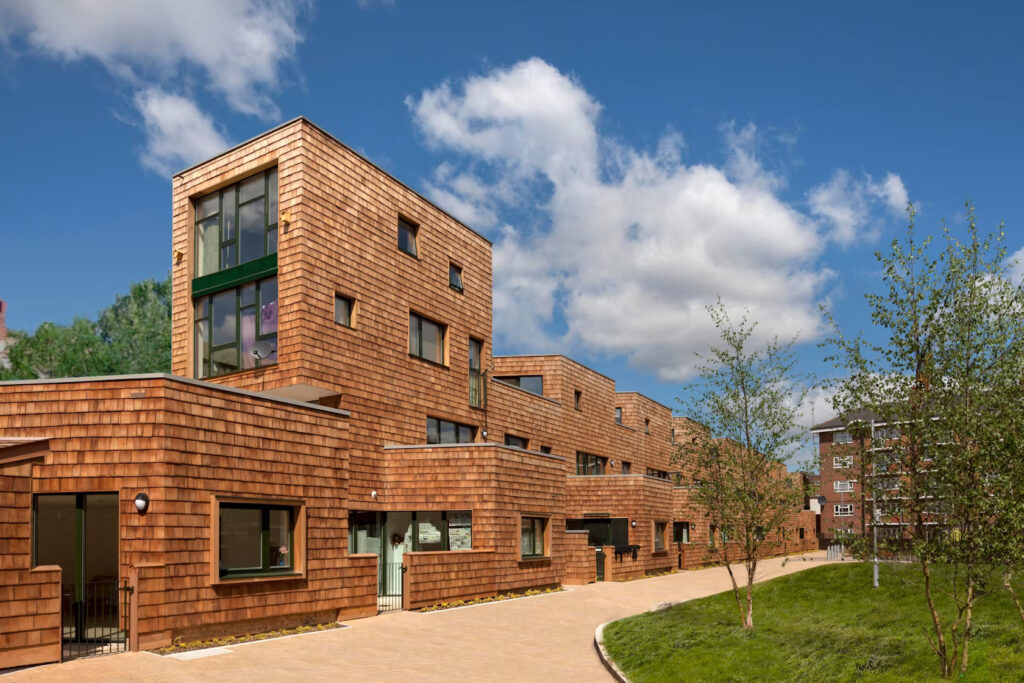
Community-Driven Design Concepts
Additionally, there’s a growing focus on community-driven design concepts that prioritize social interaction and a sense of belonging among residents. Affordable housing projects such as Parkview Terrace in San Francisco and Fillmore Park, also in San Francisco, feature communal amenities and shared spaces that promote a sense of community and connection. By fostering social cohesion and support networks, these projects go beyond mere shelter and contribute to the overall well-being of residents.
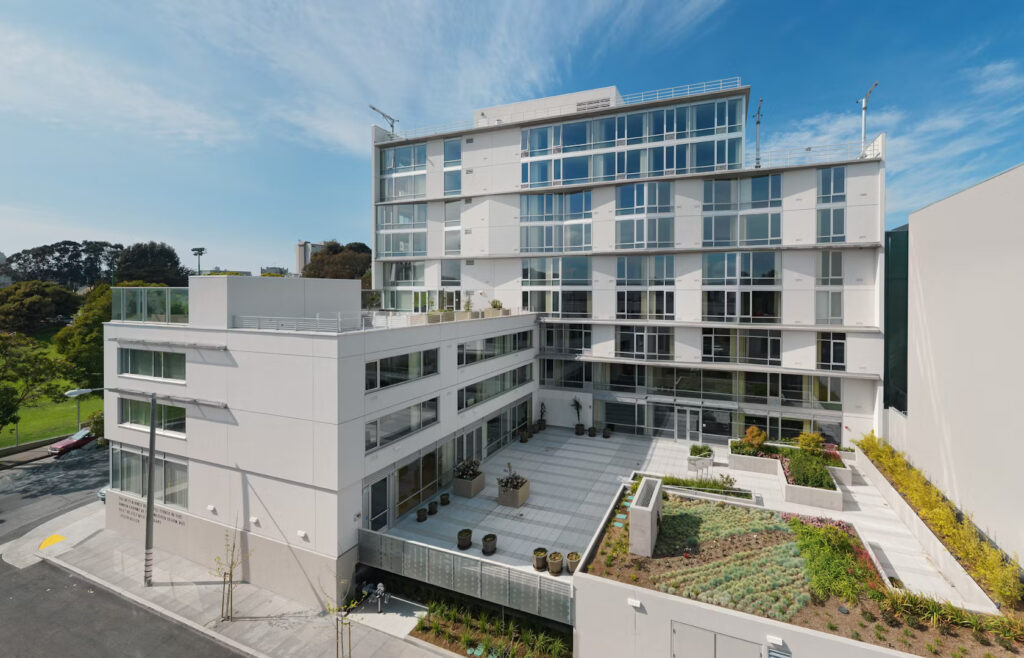
Challenges in Affordable Housing Design
While architectural innovations in affordable housing solutions offer promising avenues for addressing the pressing need for accessible housing, they also come with their own set of challenges and opportunities. Understanding these dynamics is crucial for stakeholders involved in urban development and housing policy.
Balancing Quality and Sustainability
One of the primary challenges in affordable housing design is balancing cost-effectiveness with quality and sustainability. Historically, affordable housing projects have often been associated with budget constraints and compromised construction standards, resulting in buildings that may not withstand the test of time or provide adequate living conditions for residents. However, with advancements in construction technology and materials, architects now have the opportunity to design affordable housing that is both cost-effective and durable, without sacrificing quality or environmental sustainability.
Dealing With Bureaucratic Processes That Can Impede Affordable Housing Projects
Another challenge is navigating regulatory barriers and bureaucratic processes that can impede the development of affordable housing projects. Zoning restrictions, building codes, and permit requirements can add layers of complexity and delay to the construction process, driving up costs and discouraging investment in affordable housing initiatives. Addressing these regulatory challenges requires collaboration between architects, policymakers, and community stakeholders to streamline processes and create more conducive environments for affordable housing development.
The Stigma That Comes With Affordable Housing
Furthermore, there is a need to address the stigma often associated with affordable housing and ensure that these projects are integrated seamlessly into the fabric of communities. Historically, affordable housing complexes have been characterized by their isolation and lack of connection to surrounding neighborhoods, perpetuating negative stereotypes and social segregation. However, architects now have the opportunity to design affordable housing projects that embrace principles of inclusivity and community engagement, creating spaces that are not only affordable but also vibrant, diverse, and integrated with their surroundings.
Opportunities That Come With Affordable Housing
Despite these challenges, there are also significant opportunities for innovation and creativity in affordable housing design. The increasing availability of data and technology tools, such as Building Information Modeling (BIM) and Geographic Information Systems (GIS), empowers architects to optimize design processes, improve efficiency, and enhance collaboration with stakeholders. Moreover, the growing emphasis on social impact and sustainability in the architecture profession presents an opportunity for architects to leverage their expertise to address pressing societal issues, including housing affordability and environmental sustainability.
If you’re ready to get started on your architectural planning journey, don’t hesitate to contact at Designs Boss. We’re here to help bring your vision to life.

